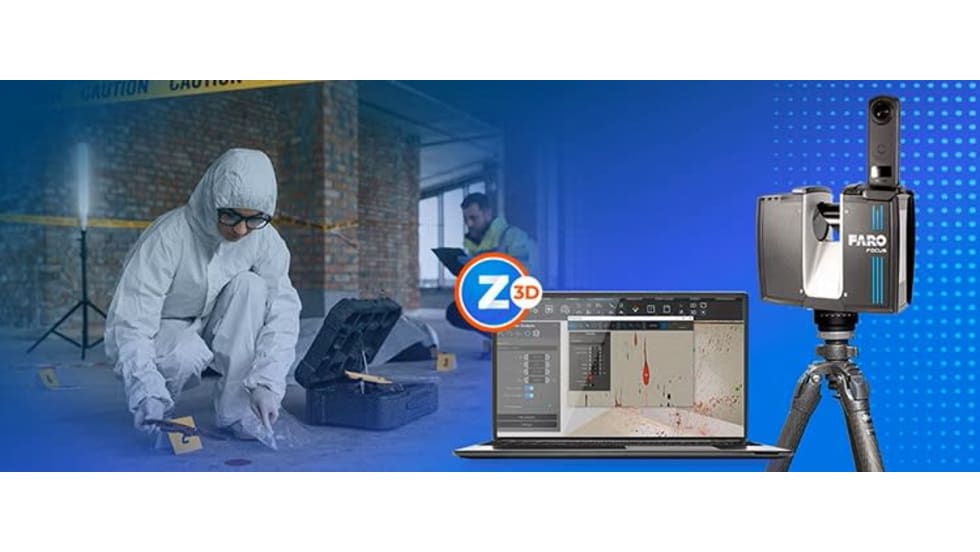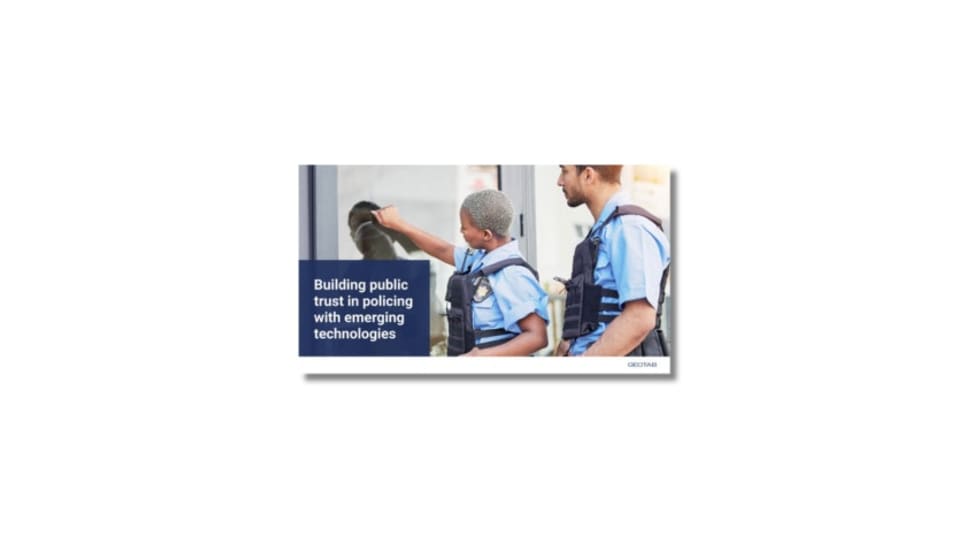Cubic is a company more familiar to military trainers than to law enforcement. Cubic has been a military contractor for more than 50 years. One of its leading products is the MILES (Multiple Integrated Laser Engagement System) gear the U.S. military has been using since 1980.
MILES has two basic components: a laser emitter mounted on the soldier's weapon, and a set of laser-sensitive sensors usually fixed to the troop's web gear. When the sensors register a hit from one of the laser emitters, an alarm on the web gear tells the "victim" he has been shot and is out of the fight. The equipment integrates easily into real combat gear and is widely used for small unit tactical exercises.
The combat settings U.S. troops have experienced in recent years are much more like the typical American policing environment than a traditional battlefield. Warfighters have found themselves moving down city streets and entering homes and businesses, both for cover and to take the fight to the enemy. Cubic has produced many training facilities for this type of operation, which the military community calls MOUT: Military Operations on Urban Terrain.
These facilities often consist of one or more structures that are pre-wired for both combat effects and for monitoring of the trainees. A "tactical village" may have several buildings and streets, all with cameras to record the actions of the people undergoing the exercise. A central control room controls the cameras and recorders, as well as smoke generators, light switches, exhaust fans, and access to the sound effects that can be introduced into any part of the facility. Sensors throughout the village track the silver dollar-size RFID tags on each trainee's uniform, providing a "God's-eye view" of the location and movement of each operator throughout the exercise. Each moving dot is identified with the trainee's name or ID
number.
Brooks Davis, who briefed me on Cubic's products, said that this technology permits withdrawing the instructor from the room. "When trainees [in traditional, instructor-led scenarios] were going through an exercise, they would be told,' By the way, that guy wearing the red shirt is not part of the scenario.' When the trainee entered a room and saw a red shirt, he knew to put on his game face, because something was about to happen." When there's no telltale red-shirted monitor around to cue the trainee, each evolution of the scenario generates a more realistic response.












